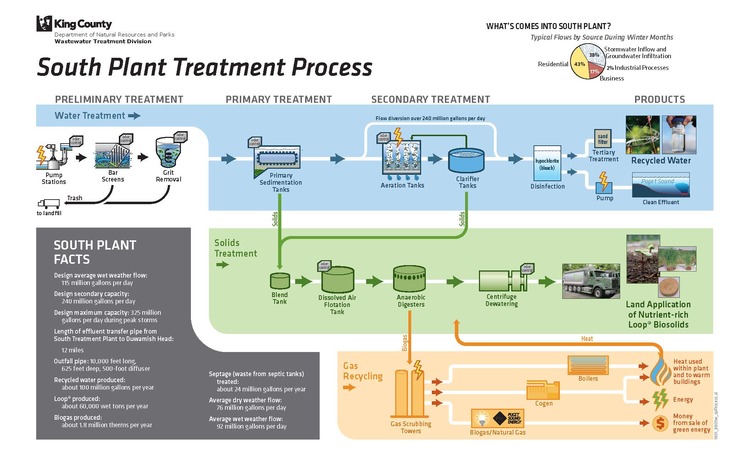Treatment process at South Plant
Learn about the process we use to clean wastewater at South Plant.
South Plant is a secondary treatment facility that uses an activated sludge process. This process uses oxygen and microorganisms to break down pollutants and clean wastewater. Most of the wastewater treatment process uses gravity and microorganisms. We add minimal chemicals (chlorine) to the water to meet treatment standards regulated by the Washington State Department of Ecology. Effluent (water that leaves the facility) is then pumped out into the Puget Sound and returned to nature.
VIDEO: How we clean wastewater and recycle valuable resources at South Plant
Fully accessible and available in Spanish, Russian, Simplified Chinese, Traditional Chinese, and Korean.
Treatment process
-
Preliminary Treatment
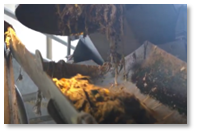 During preliminary treatment, bar screens pull trash from the raw sewage. Then, we squeeze excess water out of the garbage and send it on to a solid waste facility.
During preliminary treatment, bar screens pull trash from the raw sewage. Then, we squeeze excess water out of the garbage and send it on to a solid waste facility. Watch video (starting at 5 min, 7 sec).
-
Primary Treatment
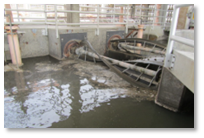 Once the non-biological waste is removed, primary treatment begins. The water passes through skimmers, which pull oil and grease from the surface of the water. Heavy solids fall to the bottom, where moving bars scrape them up.
Once the non-biological waste is removed, primary treatment begins. The water passes through skimmers, which pull oil and grease from the surface of the water. Heavy solids fall to the bottom, where moving bars scrape them up. Watch video (starting at 8 min, 33 sec)
-
Products
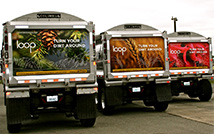 The organic solids removed during primary treatment are dried and turned into Loop biosolids, a nutrient-rich organic fertilizer alternative that helps build healthy soil. We send treated water out to Puget Sound as effluent, and some of it is cleaned to an even higher standard and reused as part of our recycled water program. That benefits customers such as Starfire Sports Complex, who use recycled water on their soccer fields. Methane gas captured during treatment is sold to Puget Sound Energy, which contributes to the renewable energy market.
The organic solids removed during primary treatment are dried and turned into Loop biosolids, a nutrient-rich organic fertilizer alternative that helps build healthy soil. We send treated water out to Puget Sound as effluent, and some of it is cleaned to an even higher standard and reused as part of our recycled water program. That benefits customers such as Starfire Sports Complex, who use recycled water on their soccer fields. Methane gas captured during treatment is sold to Puget Sound Energy, which contributes to the renewable energy market. Watch video (starting at 16 min, 40 sec).
-
Secondary Treatment
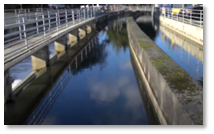 Wastewater then moves on to secondary treatment. Clarifiers have bacteria and microorganisms in them that eat the anerobic waste and large rakes scrape out any lingering solids from the bottom of the tank. Finally, the water moves on to the disinfection tanks where we add chlorine and give it time to sit and come in contact with the water and any remaining harmful germs.
Wastewater then moves on to secondary treatment. Clarifiers have bacteria and microorganisms in them that eat the anerobic waste and large rakes scrape out any lingering solids from the bottom of the tank. Finally, the water moves on to the disinfection tanks where we add chlorine and give it time to sit and come in contact with the water and any remaining harmful germs.Watch video (starting at 11 min, 45 sec).
NPDES permits
The Washington State Department of Ecology administers National Pollutant Discharge Elimination System (NPDES) under authority delegated to the department by the U.S. Environmental Protection Agency. These permits outline the conditions under which King County can discharge treated wastewater.
Learn more about South Plant and other King County wastewater permits.

 Translate
Translate
